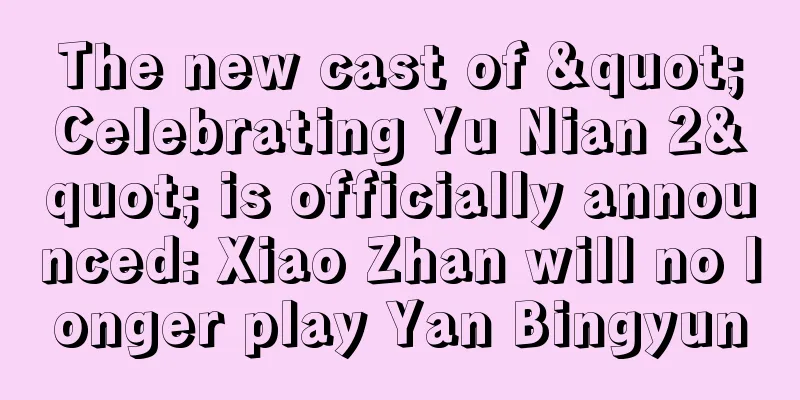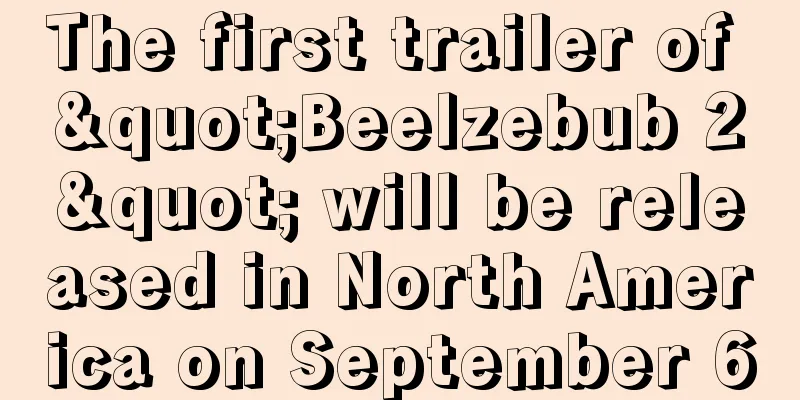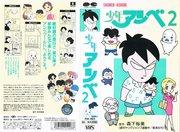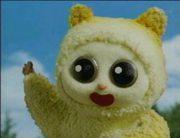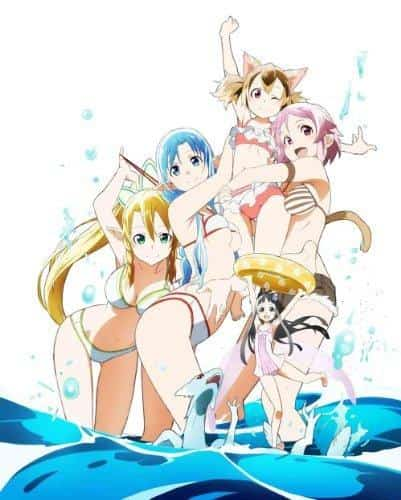The profound appeal and evaluation of the Blue Literature series "No Longer Human"
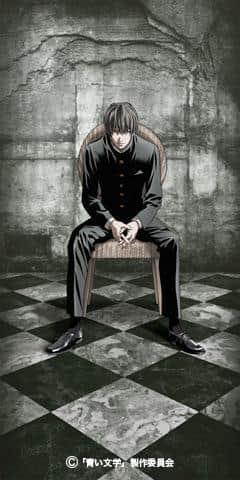
"Blue Literature Series: No Longer Human": An animated masterpiece that depicts the soul of Dazai Osamu■ Public Mediatheater ■ Original Medianovel ■ Release dateDecember 12, 2009 - January 1, 0000 ■Distribution companyDistribution: Happinet, Hakuhodo DY Media Partners, Maclay, MTI, Three Light Holdings, Movic, Visionaire ■Frequencies95 min ■ Number of EpisodesEpisode 1 ■Original StoryOsamu Dazai "No Longer Human" ■ DirectorMorio Asaka ■ ProductionAnimation Production: Madhouse Production: "Blue Literature" Production Committee ■Works© "Blue Literature" Production Committee ■ StoryThe diary of a sleeping pill addict, handed to him along with three bizarre photographs, vividly depicts the gruesome story of his life... This is Osamu Dazai's autobiography and final letter. ■Explanation "No Longer Human: Director's Cut" to be released in theaters! ■Cast・Oba Yozo/Sakai Masato・Horiki/Takagi Wataru・Tsuneko/Paku Romi・Shizuko/Hisakawa Aya・Yoshiko/Noto Mamiko・Madame/Tanaka Atsuko ■ Main staff・Original work: Osamu Dazai "No Longer Human" ■ Main Characters Ōba Yozo was born into a wealthy family, but since childhood he has been unable to understand the reality of human life. This makes him good at playing the role of a clown. He aspires to be a painter, but currently participates in anti-social movements with Horiki, living from hand to mouth. ■ Related works・Blue Literature Series The appeal and evaluation of "Blue Literature Series: No Longer Human""Blue Literature Series: No Longer Human" is an animated film based on the classic novel by Dazai Osamu, and has been highly praised for its profound themes and beautiful visual expression. This film recreates Dazai Osamu's autobiographical novel, No Longer Human, in the form of animation, and skillfully portrays the dark and heavy atmosphere of the original novel. Morio Asaka, the director of this film, respects the theme of the original work while maximizing the expressive power that only animation can provide. In particular, in the scenes depicting the inner thoughts of the main character, Yozo Ooba, he skillfully uses color and music, successfully drawing the audience in both visually and aurally. Additionally, the designs by Takeshi Obata, who was in charge of the original character designs, add a modern feel without compromising the image of the original work, enhancing the visual appeal. The cast is also impressive, with Sakai Masato playing Oba Yozo, conveying the character's depth and anguish realistically. In particular, the strength and delicacy of Sakai Masato's voice stands out in Yozo's monologue scenes, leaving a strong impression on the audience. Additionally, the performances of the voice actors playing each character, such as Takagi Wataru as Horiki, Paku Romi as Tsuneko, and Hisakawa Aya as Shizuko, are also superb, contributing greatly to the progression of the story. Music is also an important element that enhances the appeal of this work. Hideki Taniuchi's music not only deepens the atmosphere of the story, but also skillfully expresses the inner workings of Yozo's heart. In particular, the piano melody in the scene where Yozo is suffering resonates deeply in the hearts of the audience. By recreating the themes of the original work in the form of animation, this film allows viewers to experience the world of Dazai Osamu from a new perspective. In particular, the scenes depicting Yozo's inner thoughts use color and music skillfully, successfully drawing the audience in both visually and aurally. Additionally, the designs by Obata Takeshi, who was in charge of the original character designs, add a modern feel without compromising the image of the original work, enhancing the visual appeal. "Blue Literature Series: No Longer Human" is an animated film based on the classic novel by Dazai Osamu, and has been highly praised for its profound themes and beautiful visual expression. This film recreates Dazai Osamu's autobiographical novel, No Longer Human, in the form of animation, and skillfully portrays the dark and heavy atmosphere of the original novel. Morio Asaka, the director of this film, respects the theme of the original work while maximizing the expressive power that only animation can provide. In particular, in the scenes depicting the inner thoughts of the main character, Yozo Ooba, he skillfully uses color and music, successfully drawing the audience in both visually and aurally. Additionally, the designs by Takeshi Obata, who was in charge of the original character designs, add a modern feel without compromising the image of the original work, enhancing the visual appeal. The cast is also impressive, with Sakai Masato playing Oba Yozo, conveying the character's depth and anguish realistically. In particular, the strength and delicacy of Sakai Masato's voice stands out in Yozo's monologue scenes, leaving a strong impression on the audience. Additionally, the performances of the voice actors playing each character, such as Takagi Wataru as Horiki, Paku Romi as Tsuneko, and Hisakawa Aya as Shizuko, are also superb, contributing greatly to the progression of the story. Music is also an important element that enhances the appeal of this work. Hideki Taniuchi's music not only deepens the atmosphere of the story, but also skillfully expresses the inner workings of Yozo's heart. In particular, the piano melody in the scene where Yozo is suffering resonates deeply in the hearts of the audience. By recreating the themes of the original work in the form of animation, this film allows viewers to experience the world of Dazai Osamu from a new perspective. In particular, the scenes depicting Yozo's inner thoughts use color and music skillfully, successfully drawing the audience in both visually and aurally. Additionally, the designs by Obata Takeshi, who was in charge of the original character designs, add a modern feel without compromising the image of the original work, enhancing the visual appeal. "Blue Literature Series: No Longer Human" is an animated film based on the classic novel by Dazai Osamu, and has been highly praised for its profound themes and beautiful visual expression. This film recreates Dazai Osamu's autobiographical novel, No Longer Human, in the form of animation, and skillfully portrays the dark and heavy atmosphere of the original novel. Morio Asaka, the director of this film, respects the theme of the original work while maximizing the expressive power that only animation can provide. In particular, in the scenes depicting the inner thoughts of the main character, Yozo Ooba, he skillfully uses color and music, successfully drawing the audience in both visually and aurally. Additionally, the designs by Takeshi Obata, who was in charge of the original character designs, add a modern feel without compromising the image of the original work, enhancing the visual appeal. The cast is also impressive, with Sakai Masato playing Oba Yozo, conveying the character's depth and anguish realistically. In particular, the strength and delicacy of Sakai Masato's voice stands out in Yozo's monologue scenes, leaving a strong impression on the audience. Additionally, the performances of the voice actors playing each character, such as Takagi Wataru as Horiki, Paku Romi as Tsuneko, and Hisakawa Aya as Shizuko, are also superb, contributing greatly to the progression of the story. Music is also an important element that enhances the appeal of this work. Hideki Taniuchi's music not only deepens the atmosphere of the story, but also skillfully expresses the inner workings of Yozo's heart. In particular, the piano melody in the scene where Yozo is suffering resonates deeply in the hearts of the audience. By recreating the themes of the original work in the form of animation, this film allows viewers to experience the world of Dazai Osamu from a new perspective. In particular, the scenes depicting Yozo's inner thoughts use color and music skillfully, successfully drawing the audience in both visually and aurally. Additionally, the designs by Obata Takeshi, who was in charge of the original character designs, add a modern feel without compromising the image of the original work, enhancing the visual appeal. "Blue Literature Series: No Longer Human" is an animated film based on the classic novel by Dazai Osamu, and has been highly praised for its profound themes and beautiful visual expression. This film recreates Dazai Osamu's autobiographical novel, No Longer Human, in the form of animation, and skillfully portrays the dark and heavy atmosphere of the original novel. Morio Asaka, the director of this film, respects the theme of the original work while maximizing the expressive power that only animation can provide. In particular, in the scenes depicting the inner thoughts of the main character, Yozo Ooba, he skillfully uses color and music, successfully drawing the audience in both visually and aurally. Additionally, the designs by Takeshi Obata, who was in charge of the original character designs, add a modern feel without compromising the image of the original work, enhancing the visual appeal. The cast is also impressive, with Sakai Masato playing Oba Yozo, conveying the character's depth and anguish realistically. In particular, the strength and delicacy of Sakai Masato's voice stands out in Yozo's monologue scenes, leaving a strong impression on the audience. Additionally, the performances of the voice actors playing each character, such as Takagi Wataru as Horiki, Paku Romi as Tsuneko, and Hisakawa Aya as Shizuko, are also superb, contributing greatly to the progression of the story. Music is also an important element that enhances the appeal of this work. Hideki Taniuchi's music not only deepens the atmosphere of the story, but also skillfully expresses the inner workings of Yozo's heart. In particular, the piano melody in the scene where Yozo is suffering resonates deeply in the hearts of the audience. By recreating the themes of the original work in the form of animation, this film allows viewers to experience the world of Dazai Osamu from a new perspective. In particular, the scenes depicting Yozo's inner thoughts use color and music skillfully, successfully drawing the audience in both visually and aurally. Additionally, the designs by Obata Takeshi, who was in charge of the original character designs, add a modern feel without compromising the image of the original work, enhancing the visual appeal. "Blue Literature Series: No Longer Human" is an animated film based on the classic novel by Dazai Osamu, and has been highly praised for its profound themes and beautiful visual expression. This film recreates Dazai Osamu's autobiographical novel, No Longer Human, in the form of animation, and skillfully portrays the dark and heavy atmosphere of the original novel. Morio Asaka, the director of this film, respects the theme of the original work while maximizing the expressive power that only animation can provide. In particular, in the scenes depicting the inner thoughts of the main character, Yozo Ooba, he skillfully uses color and music, successfully drawing the audience in both visually and aurally. Additionally, the designs by Takeshi Obata, who was in charge of the original character designs, add a modern feel without compromising the image of the original work, enhancing the visual appeal. The cast is also impressive, with Sakai Masato playing Oba Yozo, conveying the character's depth and anguish realistically. In particular, the strength and delicacy of Sakai Masato's voice stands out in Yozo's monologue scenes, leaving a strong impression on the audience. Additionally, the performances of the voice actors playing each character, such as Takagi Wataru as Horiki, Paku Romi as Tsuneko, and Hisakawa Aya as Shizuko, are also superb, contributing greatly to the progression of the story. Music is also an important element that enhances the appeal of this work. Hideki Taniuchi's music not only deepens the atmosphere of the story, but also skillfully expresses the inner workings of Yozo's heart. In particular, the piano melody in the scene where Yozo is suffering resonates deeply in the hearts of the audience. By recreating the themes of the original work in the form of animation, this film allows viewers to experience the world of Dazai Osamu from a new perspective. In particular, the scenes depicting Yozo's inner thoughts use color and music skillfully, successfully drawing the audience in both visually and aurally. Additionally, the designs by Obata Takeshi, who was in charge of the original character designs, add a modern feel without compromising the image of the original work, enhancing the visual appeal. |
<<: AFRO SAMURAI: RESURRECTION - Time for a reevaluation of the resurrected warrior
>>: The appeal and review of Vice Survive R: A new Battlefield experience
Recommend
James Cameron: Live-action filming of Avatar 2 has been completed
Legendary Hollywood director James Cameron has no...
Makoto Shinkai's new CM for "Suzu Meito" announced that the film will be released in Japanese theaters on Double 11
Toho today announced three new CMs for Makoto Shi...
"Durarara!!x2 Shou Gaiden!? Episode 4.5 'My Heart is a Pot Pattern' Review: The Charm of the Pot and the Depth of the Characters"
Durarara!!x2 Shou Gaiden!? Episode 4.5 "My H...
Oda Eiichiro suddenly fell ill. The latest two issues of One Piece comics will be suspended.
On the evening of October 2, Shueisha's Weekl...
The comic author officially announced that "The Middle-aged Uncle Reincarnates as the Villain's Daughter" will soon be animated
The manga "A Middle-Aged Uncle Reincarnates ...
Miss Kobayashi's Dragon Maid review: The perfect balance of healing and laughter
Miss Kobayashi's Dragon Maid: A perfect blend...
TV animation "The Truth of Disaster" preview PV released, broadcast in 2020
According to new news, the TV animation "The...
"Saw 9" released two new stills: Tracking the mysterious serial killer
Lionsgate's new blockbuster reboot of Saw, Sp...
Dr. STONE Season 1: Civilization rebuilt with the power of science, a moving story and a detailed world view
A comprehensive review and recommendation of the ...
A thorough review of the appeal of Digimon Tamers and the adventurers' battles
Digimon Tamers: Battle of Adventurers - A fierce ...
New stills of Indiana Jones 5 released: Harrison Ford continues his adventure
Recently, new stills from "Indiana Jones 5&q...
A review that delves deeply into the emotions and bonds of the movie "Free! -Timeless Medley- Kizuna"
The appeal and evaluation of "Free! -Timeles...
"Irresponsible Galaxy Tylor" review: A perfect balance of space adventure and humor
Irresponsible Galaxy Tyler - Irresponsible Galaxy...
The movie "Ultraman Triga: Episode Z" announced to be released overseas on March 18, 2022
Tsuburaya officially announced today (December 13...
Series director: John Wick 4's ending was influenced by Cowboy Bebop
This news will contain spoilers for John Wick 4 a...

